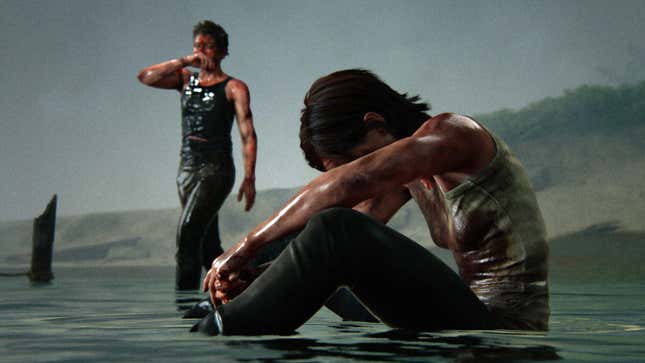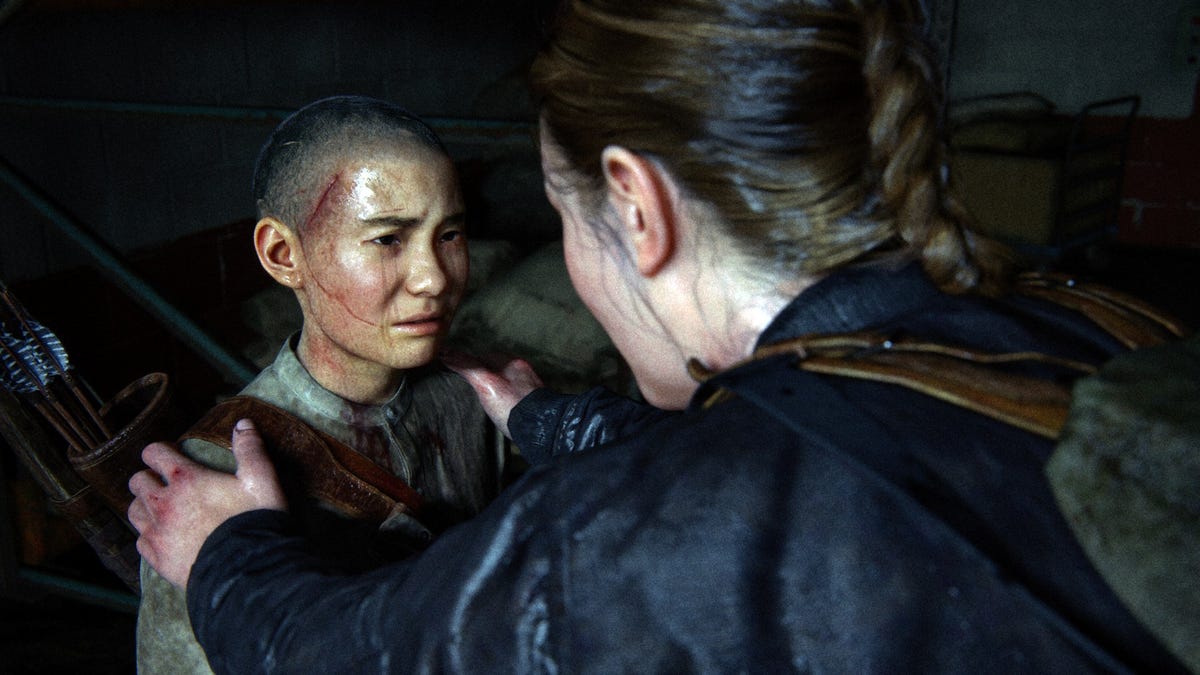The Last of Us Part II Remastered has a lot of behind-the-scenes content in its special features. It’s cool to get a glimpse into what could have been, such as the playable cut segments in the Lost Levels. However, on the other end of the spectrum, we also learn about how easily the game could have been a much worse, far less poignant version of itself if a previous draft of the narrative ended up being the story we got. While dueling protagonists Ellie and Abby’s revenge tour has made The Last of Us Part II a divisive game for its takes on the cyclical nature of violence, it turns out earlier drafts had a lot more senseless violence that would have fundamentally changed the story’s overarching themes.
10 Minutes Of Infinite Wealth’s Animal Crossing-Inspired Mode

For those who need a refresher or just never plan to play The Last of Us Part II, the sequel follows Ellie and Abby, two grieving daughters driven to hunt down their respective fathers’ killers. For Abby, it’s the original game’s protagonist Joel, who murdered her father in the first game’s final sequence. For Ellie, it’s Abby and her friends who hunted Joel down in his home in Jackson, Wyoming. The story that unfolds is a harrowing one, as both Ellie and Abby devolve into the most violent versions of themselves in a righteous fury.
Despite the retribution that puts them both on the same path, they’re not parallel to one another in the grieving process. By the time the game properly kicks off, Ellie is hell-bent on revenge, while Abby, having already found it, is trying to pick up the pieces. She’s trying to “lighten the load” by helping Lev and Yara, two fugitives running away from a Seattle cult. Lev, specifically, is the heart of Abby’s story, as he exists as a constant reminder that the revenge-driven cycle Ellie and Abby are caught up in is not an inevitability, and he even pulls Abby out of this as she nearly succumbs to it once more by killing Ellie’s girlfriend Dina in one of the climactic fights of the game’s lengthy, central Seattle section..
However, as revealed by The Last of Us Part II Remastered’s commentary, all of that could have played out quite differently. Lev was originally going to die alongside his sister Yara during Abby’s third day in Seattle. While making Lev a casualty of Ellie and Abby’s conquests would have been extremely egregious, given he’s one of the only unambiguous moral centers of The Last of Us Part II, he’s not the only character who nearly died in a previous iteration of the story.
The Last of Us Part II’s ending was originally pretty different
The commentary with Narrative Lead Halley Gross and Director Neil Druckmann during Ellie and Abby’s final fight in Santa Barbara confirms there was a draft in which Ellie drowned Joel’s killer on California shores. This had already been stated in other behind-the-scenes material (there’s even concept art of Ellie killing Abby in the game’s official art book), but the more interesting reveal in this scene’s commentary is that in that draft, Ellie would have faced another foe at the end of the game that would have drastically changed the tone of the finale.

In the final game, Ellie loses two of her fingers in the scrap with Abby, but in a previous draft, she would have lost them in a fight with a character we never met. Druckmann says someone would have been waiting for her as she returns home to her Jackson farm in the final scene. This person would have sought her out in retribution for the events of Seattle. Gross says this wasn’t a person who had any relationship with Abby or her friends that Ellie hunted down in the city, but would have been a parent of an NPC the player killed in a combat encounter. This would have been done in order to illustrate the cyclical nature of the revenge story The Last of Us Part II tells, but with a far bleaker conclusion.
Part of what makes playing through The Last of Us Part II’s revenge-driven violence story more than just enduring morally dubious survivors going out of their way to enact brutality on one another are those moments when someone shows restraint or hesitation, or severs themself from the cycle. Lev’s survival to the end of The Last of Us Part II makes way for the scene in which he stops Abby from killing Dina, which lets her remove herself from the cycle and find a new life. Dina’s survival and desire to not give into Ellie’s revenge-driven tendencies illustrate that her girlfriend is too consumed by her vendetta while also, once again, illustrating that it is not a universal constant. All of this makes way for Ellie to make the decision for herself to let Abby go in the end and try and repair what’s left of her life, just as Abby did.
The Last of Us Part II is rightfully divisive, but four years later, I’ve always found arguments that the game is nothing but senseless violence to be reductive, as violence is a language spoken in the story to demonstrate grief, anger, and love. Restraint speaks just as loudly as a bullet being fired, and while it takes a lot of violence to get there, The Last of Us Part II ends on a note that suggests this carnage brought nobody peace, but forgiveness can. And damn, it is wild to hear that there was a version of this story that fell so hard into a nihilistic version of events, and it all would have started with the loss of Lev. Shoutout to whoever it was that intervened and made The Last of Us Part II a better story, because that shit would have left me far more empty.
